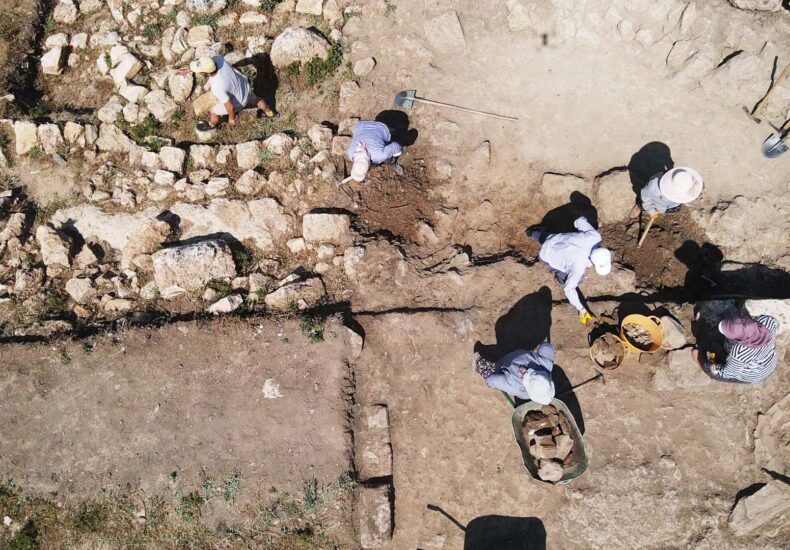
2,400-Year-Old Shops to Be Unearthed in Hyllarima, One of Anatolia’s Best-Preserved Ancient Cities
Ongoing archaeological excavations in Hyllarima Ancient City, located in the Kavaklıdere district of Muğla, southwestern Türkiye, continue to shed light on the region’s rich past. Known as one of the rare ancient settlements in Anatolia that has remained remarkably well-preserved, Hyllarima is now revealing new secrets—2,400-year-old shop structures located in the heart of the ancient agora are set to be unearthed.
A City Between Two Hills: The Story of Hyllarima
Prof. Dr. Bekir Özer, head of the excavation team, describes Hyllarima as “one city, two hills.” Built in the 4th century BCE with a fully stone-based, well-planned urban layout, the city evolved through centuries as communities shifted between the two hills. This unique settlement model offers a rare look at urban life in ancient southwestern Anatolia.
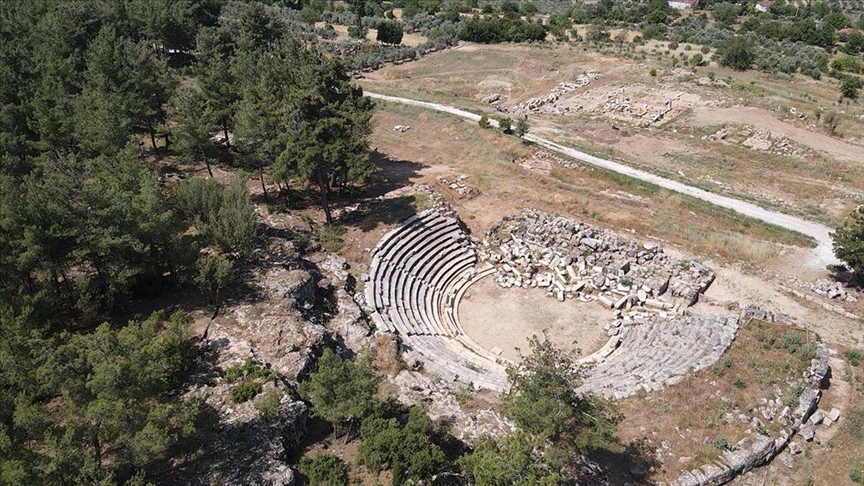
Monumental Heritage: Marble Theaters, Gates, and More
Hyllarima boasts several impressive structures that have withstood the test of time. Among the standout features are a marble-built theater, a council building (bouleuterion), a monumental city gate, streets and fortification walls, a public fountain, and rock-cut chambers. These elements not only reflect the architectural sophistication of the time but also distinguish Hyllarima from neighboring ancient cities.

Agora: The Urban and Social Core
The ongoing excavations are centered around the agora, the city’s main public space and ancient commercial hub. According to Prof. Özer, the agora served as the primary point of entry for visitors in antiquity, surrounded by public buildings, marketplaces, and spaces for social gatherings. Of particular interest are the shops carved directly into the bedrock on the northern edge of the agora, which are believed to date back to the Hellenistic period and were heavily used during Roman times.
📣 Our WhatsApp channel is now LIVE! Stay up-to-date with the latest news and updates, just click here to follow us on WhatsApp and never miss a thing!!
A City That Survived Earthquakes
Despite recent seismic activity in the region, most architectural elements in Hyllarima have remained intact, making the city a remarkable case of preservation. After the excavation of the agora’s shop structures is complete, restoration efforts will begin—allowing future visitors to walk through the ancient city just as travelers did over two millennia ago.
Cover Image Credit: Durmuş Genç/AA
You may also like
- A 1700-year-old statue of Pan unearthed during the excavations at Polyeuktos in İstanbul
- The granary was found in the ancient city of Sebaste, founded by the first Roman emperor Augustus
- Donalar Kale Kapı Rock Tomb or Donalar Rock Tomb
- Theater emerges as works continue in ancient city of Perinthos
- Urartian King Argishti’s bronze shield revealed the name of an unknown country
- The religious center of Lycia, the ancient city of Letoon
- Who were the Luwians?
- A new study brings a fresh perspective on the Anatolian origin of the Indo-European languages
- Perhaps the oldest thermal treatment center in the world, which has been in continuous use for 2000 years -Basilica Therma Roman Bath or King’s Daughter-
- The largest synagogue of the ancient world, located in the ancient city of Sardis, is being restored

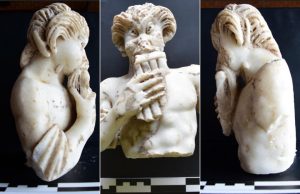
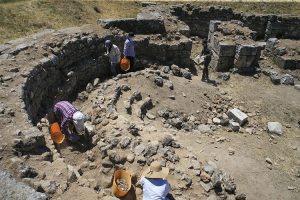
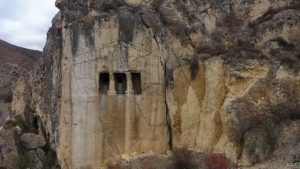
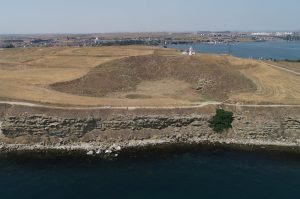
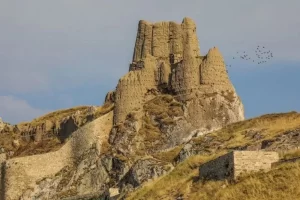
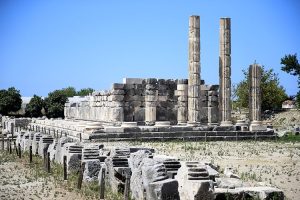


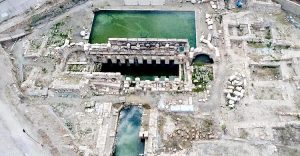
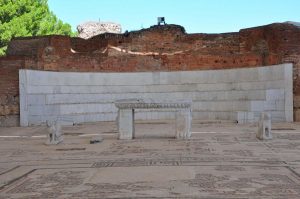
Leave a Reply